In a world that increasingly revolves around screens, what happens to those who can’t see them?
For people who are blind and visually impaired, navigating the internet, reading articles, or even checking their emails can be a daily struggle without the right tools. That’s where a screen reader for blind people becomes more than a piece of software—it becomes a voice, a bridge to the digital world.
As someone who’s been deeply inspired by how artificial intelligence is reshaping our lives, I believe tools like this should be as common and celebrated as any other breakthrough tech. Think of how widely AI is used in translation, writing, or even gaming. Why shouldn’t the same innovation be channeled toward AI-powered assistive technology that gives visually impaired individuals more independence?
I’ve seen how screen readers for the blind—especially when enhanced with AI—can transform a smartphone or computer into a powerful accessibility companion. Whether it’s AI glasses for the visually impaired, readers for visually impaired individuals, or intelligent software that understands natural language and context, these technologies don’t just help people read—they help people live more freely.
This piece explores how assistive technologies for the blind, powered by artificial intelligence, are quietly leading a revolution—one that deserves far more attention than it gets.
Table of Contents
Empowering Access: AI Screen Reader for Blind People
A New Era for the Blind and Visually Impaired
Imagine navigating the internet without seeing it. For millions of people who are blind or visually impaired, this has been a daily challenge—until now. Thanks to rapid advancements in AI-powered assistive technology, tools like the screen reader for blind people are no longer just helpful—they’re revolutionary.
As someone passionate about tech, I truly believe that screen readers are one of the most meaningful applications of artificial intelligence today. They don’t just read words—they unlock a world of information, independence, and opportunity.
What Is a Screen Reader for Blind People?
A screen reader for blind people is a software tool that transforms on-screen content—text, buttons, images—into spoken words or Braille. But it’s more than just reading. It’s understanding context, navigating webpages intelligently, and describing visual elements with increasing accuracy.
Thanks to AI, today’s reader for visually impaired individuals can recognize tone, image alt texts, and even describe complex data charts—capabilities that would’ve been impossible just a few years ago.
Whether it’s reading emails, browsing news, or using social media, AI-powered screen readers are empowering users in ways traditional tech never could.
Why This Matters More Than Ever
The global shift toward digital-first services has widened the accessibility gap—but AI is helping close it. With tools like talking screen readers, even those new to technology can independently access the internet, education, and employment.
We’ve already seen over 650 monthly searches for tools like “screen readers for the blind,” and the interest keeps growing. It’s clear: people want solutions, and AI is delivering them.
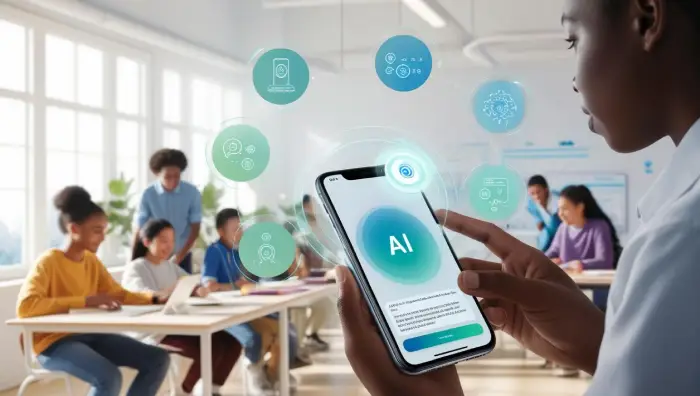
AI Is Changing Everything for the Blind
Smarter Screen Reader for Blind People with AI
Artificial Intelligence has turned a basic screen reader for blind people into something much more powerful. Traditional screen readers followed linear rules—but AI readers now understand. They interpret tone, detect emotion in a message, and even describe visuals through image recognition.
For example, with AI, a reader for visually impaired can now identify objects in a photo: “A smiling woman holding a graduation certificate in front of a university building.” That’s not just reading—it’s vision through words.
These innovations are not just cool; they’re life-changing. From education to job applications to reading social media, AI-powered screen readers give users control, privacy, and confidence.
Voice Assistants Meet Screen Readers
Today’s best talking screen reader solutions are merging with voice assistants like Siri, Alexa, and Google Assistant. Imagine saying, “Read my last email,” and your AI assistant both reads it aloud and summarizes the tone.
This seamless integration between voice, screen reading, and assistive technology for blind users makes tech feel personal, not mechanical.
With rising monthly searches and growing demand—650+ for “screen readers for the blind”, 250+ for “reader for visually impaired”—the momentum is real. And with each AI update, the tools are getting more intuitive and more human.
Real Benefits of AI-Powered Screen Readers
Independence, Confidence, and Everyday Wins
The most powerful gift of a screen reader for blind people is independence. With AI-enhanced tools, users no longer need constant help. Whether it’s reading a restaurant menu, browsing websites, or navigating apps, a blind screen reader powered by artificial intelligence gives people the freedom to explore without barriers.
For instance, modern visual accessibility tools now use deep learning to adjust voice tone, predict intent, and even recommend actions based on content. These aren’t just reader software for blind use—they’re personal companions. And that’s why many call them the best screen readers for blind users today.
As someone who deeply believes in AI for good, I see these tools not as luxury tech, but as essential accessibility solutions—just like ramps for wheelchairs or subtitles for videos.
Increased Access to Education and Work
Imagine trying to fill out an online form or read academic research without sight. Thanks to advanced AI screen readers, blind and visually impaired individuals can now write emails, study complex documents, and even code—yes, some use these tools for programming!
Tools like these also include features like voice assistance for blind individuals and visually impaired support tools, providing contextual help and audio navigation that adapts to users in real-time.
And it’s not just for English speakers. Many tools support multi-language screen reading, opening global access to information for millions.
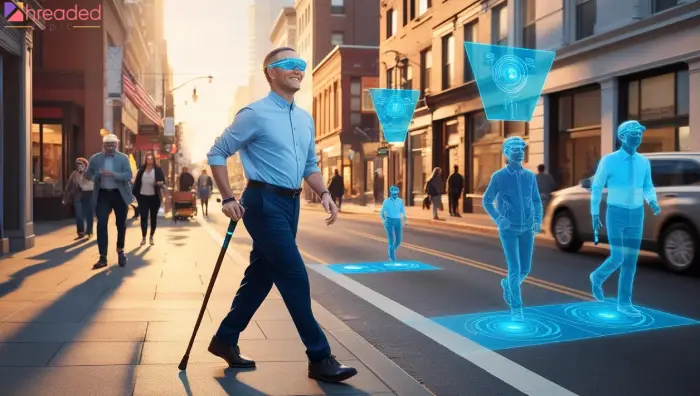
The Future of AI Visual Support for the Blind
Smarter, More Personal, and Always Learning
The future of AI visual support is nothing short of revolutionary. We are moving toward a world where AI-powered accessibility will feel more like human interaction and less like robotic assistance.
In the next few years, screen reader for blind people technology will likely become even more intuitive—understanding emotions in voice, responding with natural tones, and even using contextual intelligence to predict what the user might need next. That’s not science fiction anymore; it’s already happening in early-stage tools using AI screen readers.
With integration into smart glasses, wearables, and mobile apps, the user experience is becoming hands-free, seamless, and instant.
Inclusivity Is the Next Frontier
This evolution is not just technical—it’s social. Making AI tools widely accessible means more inclusion in education, the workforce, and daily life. Whether it’s text-to-speech for blind users reading eBooks, or accessibility for the blind built directly into websites and public services, these technologies represent a shift toward a more equal digital world.
As someone who’s passionate about ethical AI, I believe every innovation in this space pushes us closer to a world where being visually impaired doesn’t mean being left behind. These tools aren’t just helpful—they’re empowering.
Conclusion: A New Era of Empowerment for the Blind
We’ve come a long way from basic text readers. Today, thanks to AI-powered screen reader for blind people and a growing suite of assistive technology for the blind, we’re witnessing a digital revolution in accessibility. These tools are not just making life easier — they’re transforming independence and self-confidence for millions of blind and visually impaired individuals.
As someone deeply fascinated by the potential of AI, I believe we owe it to humanity to continue developing these life-changing technologies and ensure they’re as mainstream and accessible as smart assistants, chatbots, and navigation apps.
Whether it’s using text to speech for blind readers in classrooms or AI screen readers on mobile phones, these innovations are creating real-world impact — right now. They are enabling users to read emails, navigate social media, identify objects, and effortlessly translate printed documents in real time unlocking digital freedom like never before.
What You Can Do Next
- 🔍 Explore tools like VoiceOver, JAWS, or NVDA to see how modern screen readers work.
- 📱 Try apps like Seeing AI or Envision AI for a taste of mobile visual assistance.
- 💬 Share this article with someone who could benefit from AI visual support.
- 🤝 Support organizations that develop accessibility tools for the blind.
Let’s End with a Question
💡 If AI can now drive cars and write code, why shouldn’t it also open every door for those who can’t see?

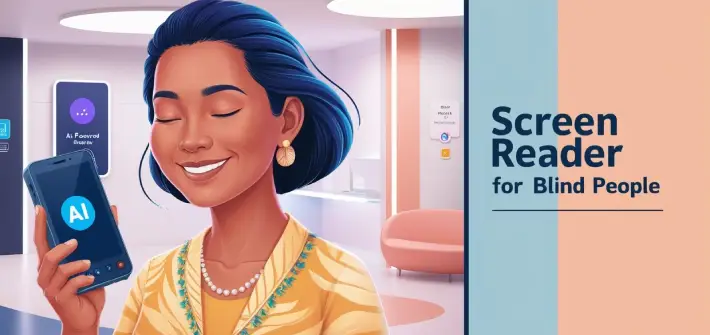
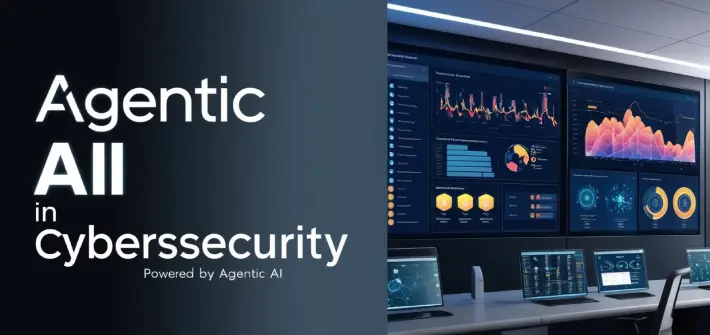
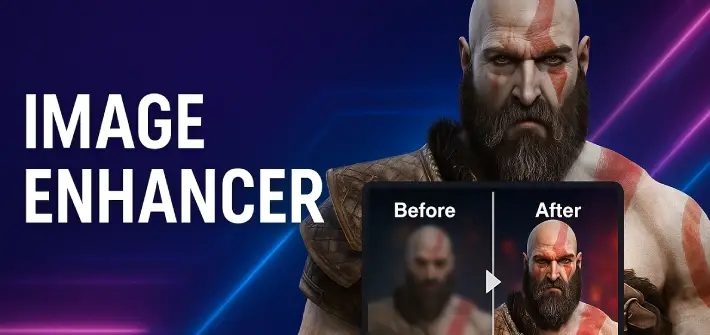
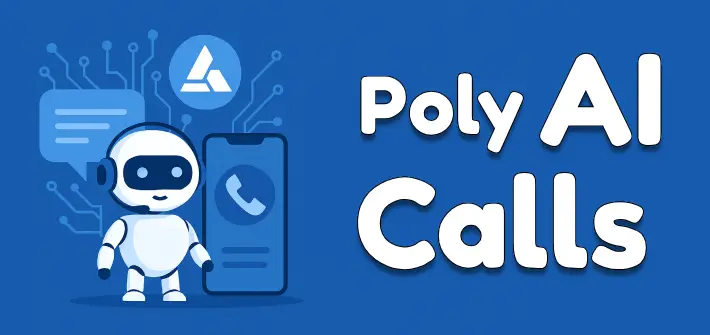
I do not even understand how I ended up here, but I assumed this publish used to be great
Hi Milagros,
Thank you for sharing your thoughts! I’m glad you found the post interesting and helpful. If you have any questions or would like more clarification on a specific part of the post, feel free to reach out.
Wishing you all the best!